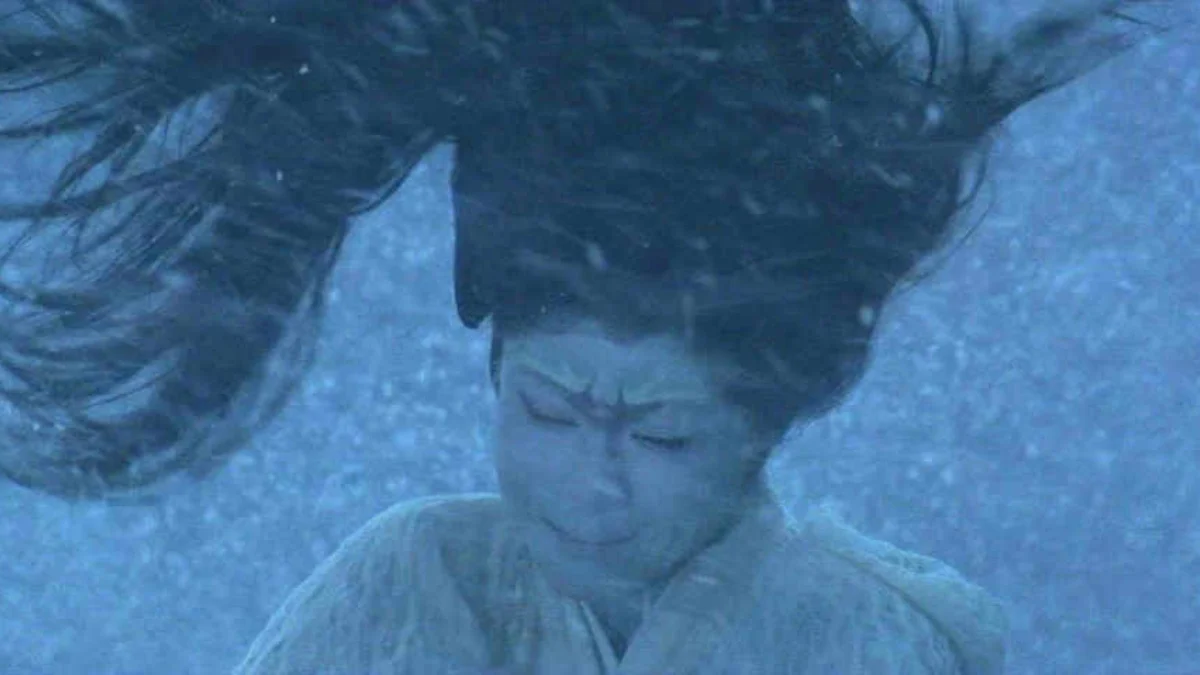
Almost every culture around the world features stories about creatures that exist between life and death. These beings, found in folklore, myths, and traditional beliefs, all have unique characteristics – where they live, how they behave, and specific clues that reveal their presence. This is like a guide to understanding what these creatures are said to do, where people believe they appear, and the traditions developed to stay safe from them.
Wendigo

As a film enthusiast who loves digging into folklore, the Wendigo is a really fascinating figure. It comes from the traditions of the Algonquian people around the Great Lakes and Canadian forests, and it’s deeply tied to the harshness of winter and times of famine. Basically, it’s this evil spirit that can take over a person, driving them to desperate acts like cannibalism and forcing them to become a complete loner. What always strikes me is the imagery – it’s usually depicted as incredibly gaunt, with freezing breath and a heart of ice, which really captures that feeling of endless, unfillable hunger. Historically, the stories served as warnings against breaking important cultural rules when resources were scarce, and the community worked together to stay watchful and prevent such tragedies.
Skinwalker

In Navajo tradition, a skinwalker—known as ‘yee naaldlooshii’—is a dangerous individual believed to use dark magic to shapeshift into animals. Stories tell of them wearing animal skins, moving at night, and tricking people by imitating others. Traditionally, they’re recognized by their incredible speed, unusual footprints, and a strange, metallic smell. Communities protect themselves through ceremonies and by upholding strong cultural traditions.
Nuckelavee

This creature from the folklore of Scotland’s Orkney Islands is a terrifying sight: a horse-like being without skin, ridden by a ghostly figure. It smells strongly of salt and rot and is believed to bring sickness, bad harvests, and violent storms. Legend says it can’t tolerate freshwater, so crossing a stream is said to stop it from chasing you. People used to believe the best way to avoid encountering it was to travel during calm weather or when the seasons were changing.
Manananggal

In Philippine folklore, the manananggal is a terrifying creature that comes out at night. It can separate its upper body from its lower half, grow wings, and fly around looking for victims. It’s believed to prey on pregnant women and people who are sleeping, using a long, straw-like tongue to feed. Interestingly, the lower half of the manananggal is its weakness – it can be stopped by sprinkling salt, ash, garlic, or crushed herbs on it. Stories about this creature often place it in rural areas, hiding among nipa huts and thick plants.
Pontianak

In the folklore of Indonesia and Malaysia, the pontianak (also known as kuntilanak) is believed to be the spirit of a woman who died during childbirth. People often associate its presence with the smell of frangipani flowers, sudden chills, and a distinctive, echoing laugh that makes it hard to tell how far away it is. Stories frequently mention claw marks, puncture wounds, and sightings near banana trees. Traditionally, people try to protect themselves by placing nails or needles at doorways and reciting special prayers at night.
Aswang
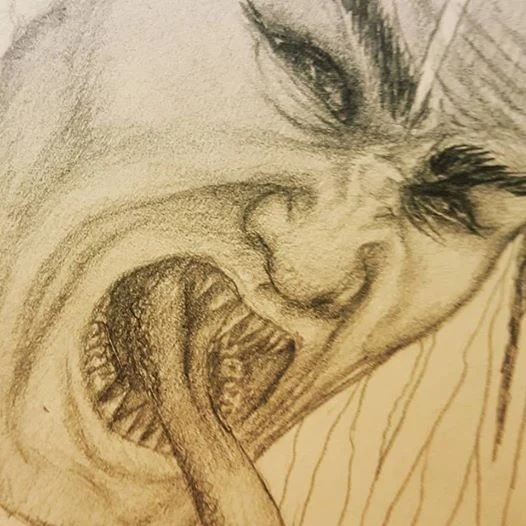
In Philippine folklore, the aswang is a general term for a variety of shape-shifting monsters. These creatures can look like normal people during the day but transform at night. Some aswang are said to steal corpses, others suck out internal organs, and some take the form of animals like dogs or pigs – often leaving footprints that appear backwards. People often watch for clues like a knocking sound that gets quieter as the aswang gets closer, or if dogs are acting strangely. To protect themselves, people use things like sharp objects, stingray tails, and strong-smelling herbs hung around windows.
La Llorona

La Llorona, a famous legend across Mexico and the Americas, is the story of a weeping woman whose cries are said to warn of danger near water. Stories tell of her searching for lost children along rivers and canals, and sometimes luring in those traveling at night. She’s often associated with white clothing, foggy mists, and a sudden chill in the air. Traditionally, parents have used the tale of La Llorona to warn their children to stay away from rivers and canals after dark.
Jinn
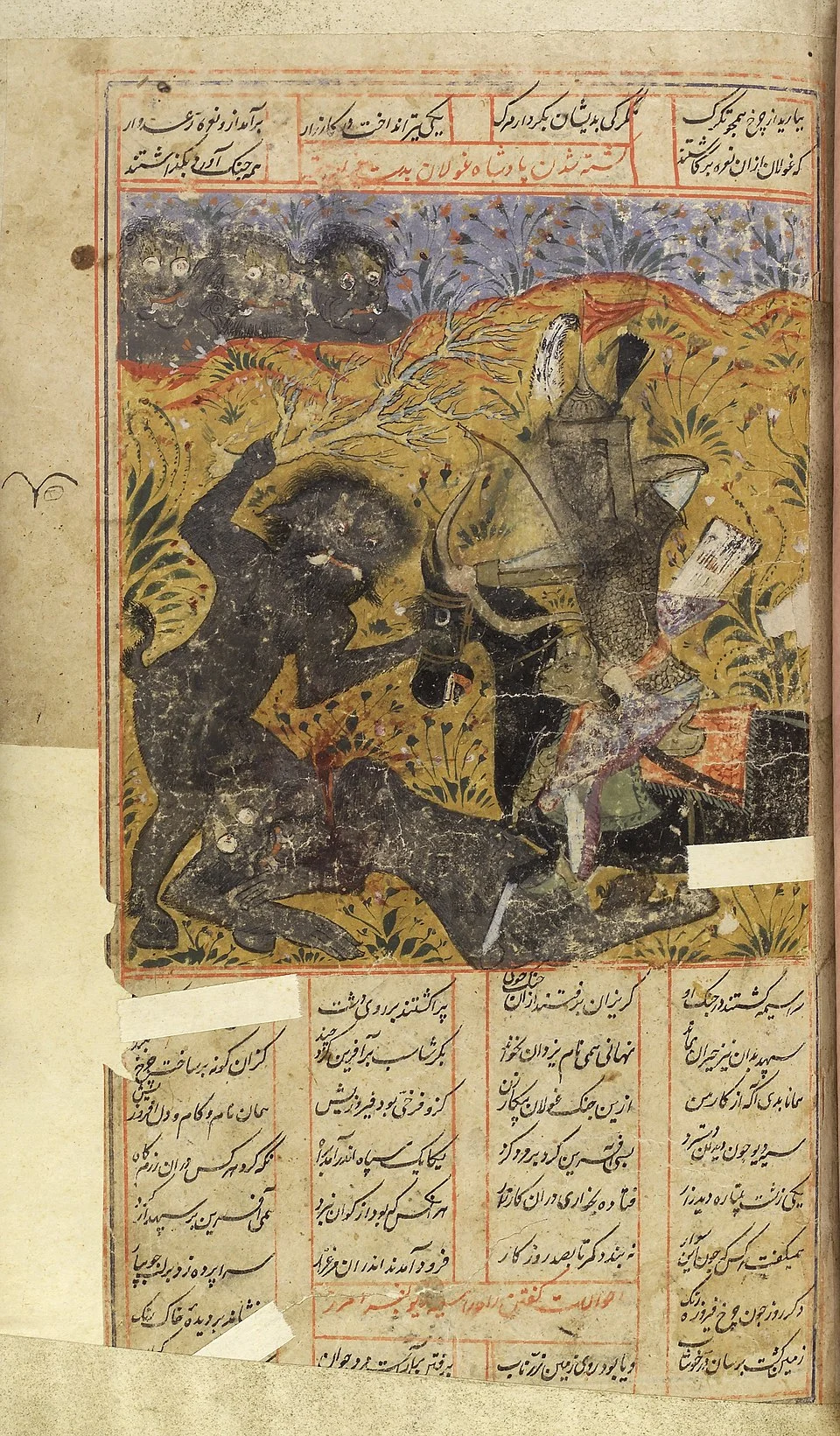
Okay, so I just finished reading about jinn in Islamic lore, and it’s fascinating stuff. Basically, they’re these beings made of smokeless fire – think spirits, but with their own free will and a whole separate existence alongside ours. They can definitely cross paths with humans, and sometimes that interaction isn’t great – stories mention them being linked to bad luck or even sickness. But it’s not always negative; they can also make deals or share knowledge. Apparently, they really like hanging out in abandoned, lonely places – ruins, deserts, that sort of thing. And there’s a lot of emphasis on proper behavior when you’re in those areas – things like saying certain phrases before entering. It seems like keeping things clean, being polite, and reciting passages from the Qur’an are all ways people traditionally protect themselves. It’s a really rich and detailed belief system, and definitely adds another layer to the folklore.
Dybbuk

In Jewish folklore, a dybbuk is a restless spirit that attaches itself to a living person, usually to finish something it couldn’t complete in life. Stories often depict this possession through changes in the person’s voice, unexpected knowledge, and unusual behavior. Traditionally, a religious leader performs an exorcism – a ritual to confront the spirit and force it to leave. Stories frequently involve items belonging to the deceased, broken promises, or forgotten burial sites as clues to the spirit’s past.
Strigoi
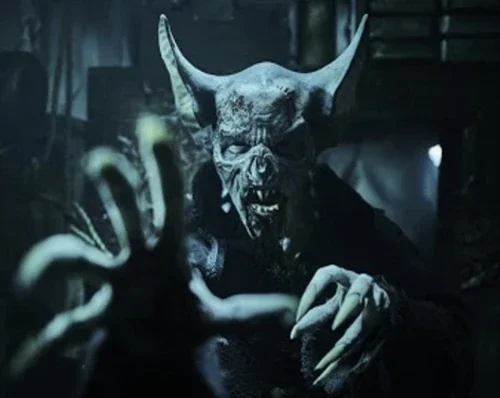
In Romanian folklore, strigoi are a type of undead being said to rise from the grave and drain the life force of the living. People believed signs of a strigoi included sick or dying animals, recurring nightmares, and unexplained illnesses within a family. Traditional methods to ward off or stop these creatures involved things like staking the body, reburying it, or placing coins and poppy seeds in the coffin. People also commonly used protective measures at doorways, such as garlic and blessed items, to keep strigoi away.
Draugr

In Norse mythology, a draugr is a type of undead creature that guards burial mounds. These beings are incredibly strong and fiercely protective of the treasures buried with the dead. Draugr are often depicted as bloated, corpse-like figures, heavy and capable of changing shape and even moving through solid rock. People encountering draugr might experience bad dreams, find their animals disturbed, or receive warning dreams from relatives. To prevent a draugr from rising, it was important to perform proper burial rituals and securely seal tombs.
Banshee

In Irish folklore, the banshee is a female spirit whose mournful wail warns of an impending death within certain families. She can appear as a young woman, a mature woman, or an old woman, and is often linked to combs, bridges, and the time around dusk. Stories generally depict her as a messenger of death, not the cause of it. Historically, people noticed that specific families could identify the banshee’s wailing based on their family name and ancestry.
Yuki-onna
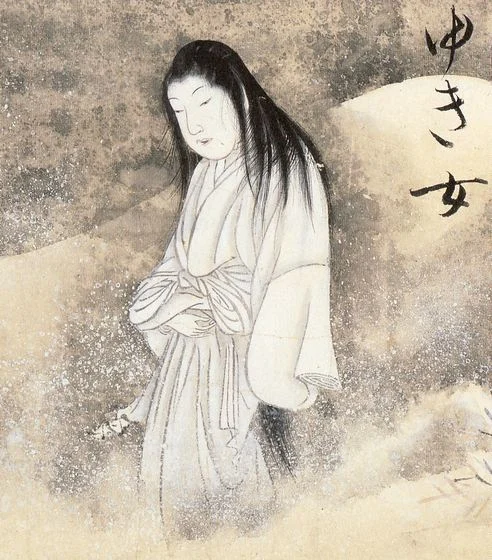
In Japanese folklore, the yuki-onna is a ghostly spirit of the snow, appearing during blizzards and storms in the mountains. She’s described as pale and moves without leaving tracks, seeming to glide across the snow. People who encounter her often feel lost, tired, and report seeing her near isolated cabins or trails. The old advice is to seek shelter before a storm hits and to travel with others when it’s snowing heavily.
Black Shuck
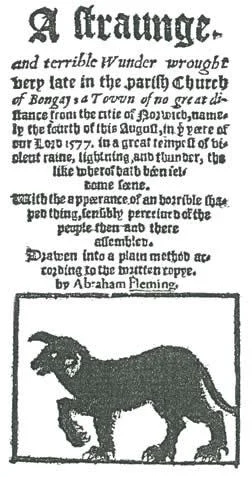
According to East Anglian folklore, Black Shuck is a ghostly, enormous black dog with shining eyes. People have reported seeing it on coastal roads, in churchyards, and across open fields. These sightings are often connected to bad weather, church bells, or funerals. Some tales claim that scratches found on church doors were made by Black Shuck as a kind of warning. Traditionally, locals would steer clear of certain dark paths and crossroads believed to be patrolled by this spectral hound.
Pishacha

In Hindu and Buddhist beliefs, pishachas are described as spirits that feed on flesh and are active at night, often found in cemeteries and abandoned areas. Stories tell of them causing possession, confusion, and strange speech. People traditionally protect themselves by reciting prayers, maintaining ritual cleanliness, and avoiding certain places after dark. Regional customs also include using amulets and making offerings to keep these spirits away.
We’d love to hear any stories or local legends you know about these creatures! Also, let us know who else you’d like us to feature in the future.
Read More
- Bitcoin’s Ballet: Will the Bull Pirouette or Stumble? 💃🐂
- XRP’s Soul in Turmoil: A Frolic Through Doom & Gloom 😏📉
- Dogecoin’s Big Yawn: Musk’s X Money Launch Leaves Market Unimpressed 🐕💸
- Deepfake Drama Alert: Crypto’s New Nemesis Is Your AI Twin! 🧠💸
- ‘Jujutsu Kaisen’ Season 3 to Kick Off with Double Episode Premiere – Watch the Trailer
- 🚀 Doge’s Zero-Hour: Will It Go From Hero to Zero? 😱
- Market Reflections: AI Optimism and Inflation Data Propel Stocks on December 19
- Sanctions Turn Russia’s Crypto Ban into a World-Class Gimmick! 🤑
- Can the Stock Market Defy Logic and Achieve a Third Consecutive 20% Gain?
- Swap Kraft Heinz for Costco: A Wodehousian Investment Tale 🍌
2025-10-23 17:46